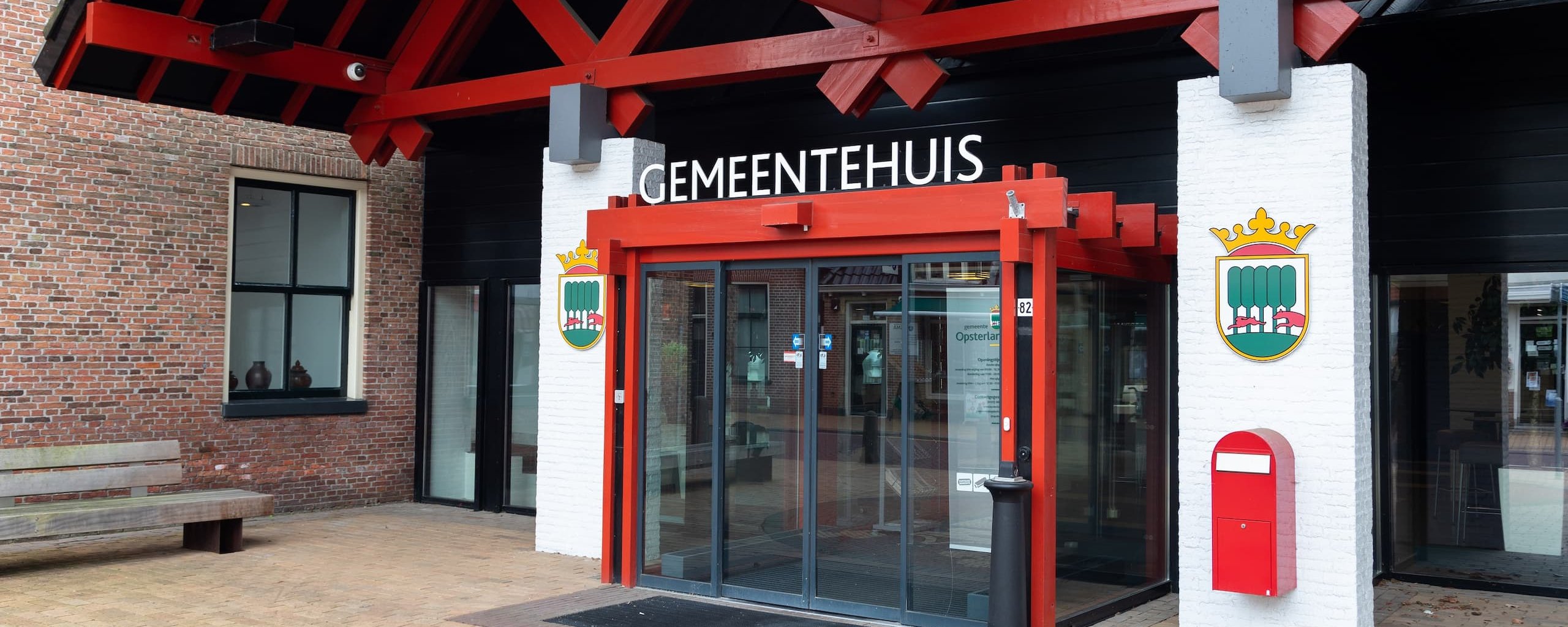Stoking fire
Lighting a fire is cozy and, of course, nice and warm. In summer, we also like a BBQ in the garden. However, the smoke that is released is not always appreciated by your neighbors. As a municipality, we do not want to prohibit lighting and barbecuing. But we do want to ask everyone to limit the nuisance as much as possible.
Setting fires in the garden, is it actually allowed?
Burning waste, such as processed wood, prunings, old paper is prohibited. However, you may barbecue and cook, as long as this does not pose a danger to the environment. Small fire pits are allowed, but only dry, unprocessed wood may be burned in them.

Burning fire in the garden, is it actually allowed? Burning waste, such as processed wood, prunings and old paper is prohibited. However, you may barbecue and cook, as long as this does not pose a danger to the environment. Small fire pits are allowed, but only dry, unprocessed wood may be burned in them.
Are you experiencing nuisance from wood smoke from your neighbors?
If you are bothered by a wood stove or fire basket in your area, consult with the "stoker" first. Often the stoker causes the nuisance unknowingly.
We have the following tips for you:
- List when you are affected by wood smoke
- Think about what you want to tell the logger in advance
- Listen carefully to each other, remembering that the stoker may not notice that you are bothered by the smoke
- Don't get hung up on who is right
- Find solutions together and make agreements together
Coming out together
Based on legislation, the municipality has few options for dealing with heating nuisances. As long as there are no clear legal regulations, you should try to work things out together.
Here are some tips to prevent smoke pollution from wood stoves and fireplaces as much as possible.
1. Do not fire in windless weather or fog
When there is no wind or when it is foggy, fumes linger in your environment for a long time. This is detrimental to your health and that of your neighbors. Therefore, always check if there is enough wind.
2. Always light the fire from above with firelighters or logs
Light a wood fire with firelighters and small woods. Lighting fires with flammable liquids is out of the question and extra harmful.
3. Health that the capacity of your fireplace or stove is matched to your living room
With an oversized fireplace or stove, it soon becomes too hot in the house. You find yourself forced to smother the fire, but that is precisely when many more pollutants are released. Health therefore ensure that your stove is the right size relative to the space you want to heat.
4. Health that your chimney and flue are accurately matched to your fireplace or stove
A too short flue or, for example, a rain cap on the chimney can sometimes cause considerable smoke pollution. So match your chimney and flue to your stove.
5. Have your chimney swept once a year
Have your chimney swept at least once a year by a licensed professional.
6. Use only wood that has been dried for at least 2 years
Fire only dry and untreated wood. Wet wood does not heat up as much and this leads to more smoke, soot deposits and chimney fires. Burning treated wood produces many pollutants.
7. Always fully open the flue air supply
Before firing, check that the shut-off valve to the air supply is opened to the maximum. Is the fire getting too hot? Then simply add no wood or less wood. Never try to reduce the air supply and do not close it until the fire is completely out.
8. Check that your smoke is not a thick white, blue, gray or black color
While firing, walk outside to check the smoke. Only colorless smoke indicates good combustion. If smoke is thick, white, blue or gray, something is clearly wrong. In that case, improve the air supply and check whether the wood used is dry enough....
9. Health for a constant supply of fresh air
A fireplace consumes a lot of oxygen. A stove also extracts oxygen from your living space. During the stoking process, harmful substances are also released. Health therefore for adequate ventilation. Ensure a constant supply of fresh air by leaving a door or window ajar.
10. Let the fire slowly extinguish by itself
Let a wood fire burn out by itself. If you dampen the fire by reducing the air supply, harmful substances are released.
